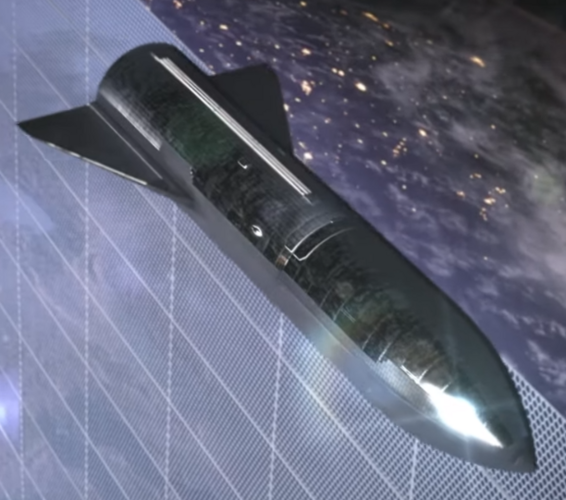- Joined
- 13 August 2007
- Messages
- 7,807
- Reaction score
- 8,802
The company Lumen Orbit want to put Data servers,
to use the abundant solar energy, cooling, and the ability to freely scale up in space.
launch of Prototype hardware is set for may 2025 launch of first micro data center in 2026
once Starship goes into commercial service they build the 5GW Data server in Low orbit
View: https://www.youtube.com/watch?v=-T--N58vwoo
Note: the original Video by Lumen Orbit is removed from YouTube...
Source:

 www.ycombinator.com
www.ycombinator.com
to use the abundant solar energy, cooling, and the ability to freely scale up in space.
launch of Prototype hardware is set for may 2025 launch of first micro data center in 2026
once Starship goes into commercial service they build the 5GW Data server in Low orbit
Note: the original Video by Lumen Orbit is removed from YouTube...
Source:
Launch YC: Lumen Orbit ð Data Centers in Space | Y Combinator
Lumen Orbit is building data centers in space to make use of 24/7 solar energy and passive cooling.
Last edited:





